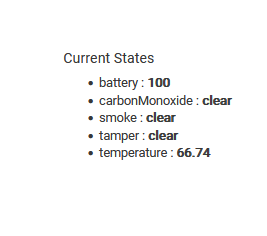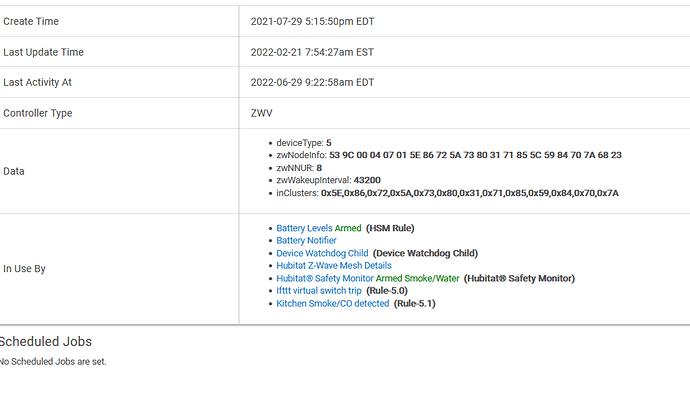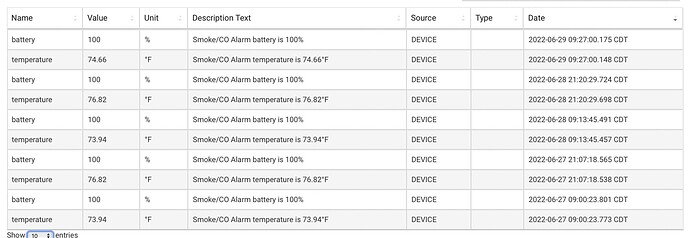Whether arbitrary or not, here in the People Republic of California, the following was code since 2015 (according to a building construction internet site, I am only passing on the information):
“Hardwired and Battery-Powered Alarms
With some exceptions, California requires smoke alarms be hardwired into the main electrical panel and have battery backups. The exceptions include buildings that don’t receive power from a commercial power company, for example, homes that are off the grid and existing homes with working fire alarms that are not undergoing construction. One of the changes announced by the fire marshal — effective July 1, 2015 — makes removable batteries obsolete. All smoke alarms, whether they are powered solely by batteries or hardwired, must contain a non-removable, non-replaceable battery with a life span of 10 years.
When Replacement is Required
If your existing smoke alarms don’t conform to regulations and are still working, you aren’t required to change them unless you undertake improvements requiring a permit and costing more than $1,000. Building inspectors are not allowed to sign off on any new construction or renovation permits issued after July 1, 2014 unless all smoke detectors are installed in accordance with current regulations. If you are required to install new smoke detectors, the smoke detectors must be interconnected in such a way that they all go off when one of them is triggered. As of January 1, 2015, all smoke detectors sold in California must include a hush feature that allows you silence the alarm for a few minutes“
This applies to both ionization and photoelectric type detectors. The problem is that with the current code, detectors sold in California have not only a ten year battery life, but also come with built-in timers that informs you with an annoying (but of course, potentially life saving) audible beep when the ten years is up. This ensures that even if your detector is actually still serviceable, it is rendered useless and forces you to purchase new ones. I experienced this with a number of detectors that had premature low battery warnings on their supposed 10-year built-in non-replaceable lithium batteries dictated by code. Luckily, they were replaced by Kidde via warranty. FWIW, regarding a previous poster’s comment on First Alert detector, the reason I went with Kidde (even though in my area they were more expensive) was because of a number of false alerts on my First Alert detectors. YMMV.
In addition to the legitimate safety concerns advising replacement every ten years, I suspect that the industry lobbied for replacement laws and built-in lifetime limiters in much the same way the producer of furniture fire retardant lobbied for mandatory use of fire retardant in all furniture fabrics despite little evidence of its efficacy in preventing fire deaths and injuries. Every ten years, I end up having to buy approx $900 worth of detectors for the house whereas in the past, I would just test each detector each month until they would not work reliably. I suppose it is of course better safe than sorry, but. . . when my detectors are incapacitated by the timer, I have to turn it off until I can find a suitable replacement. During Covid, this was not easy and took some time, leaving those rooms unprotected, which seem counter-intuitive.
Anyway, sorry for the rant as I just went through all this recently with several of my detectors, and stock was very slim and difficult to get replacements in a reasonable time and cost.






